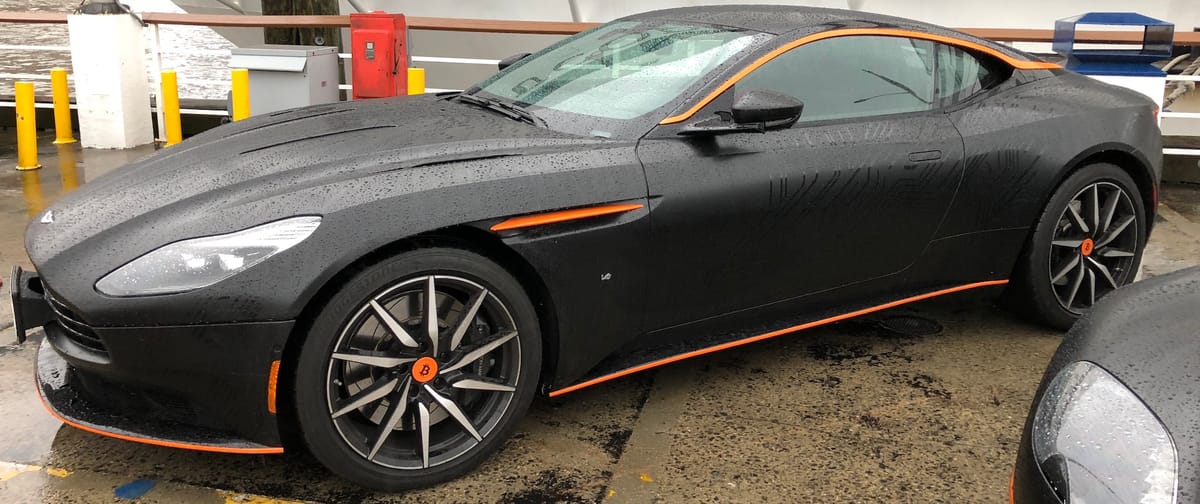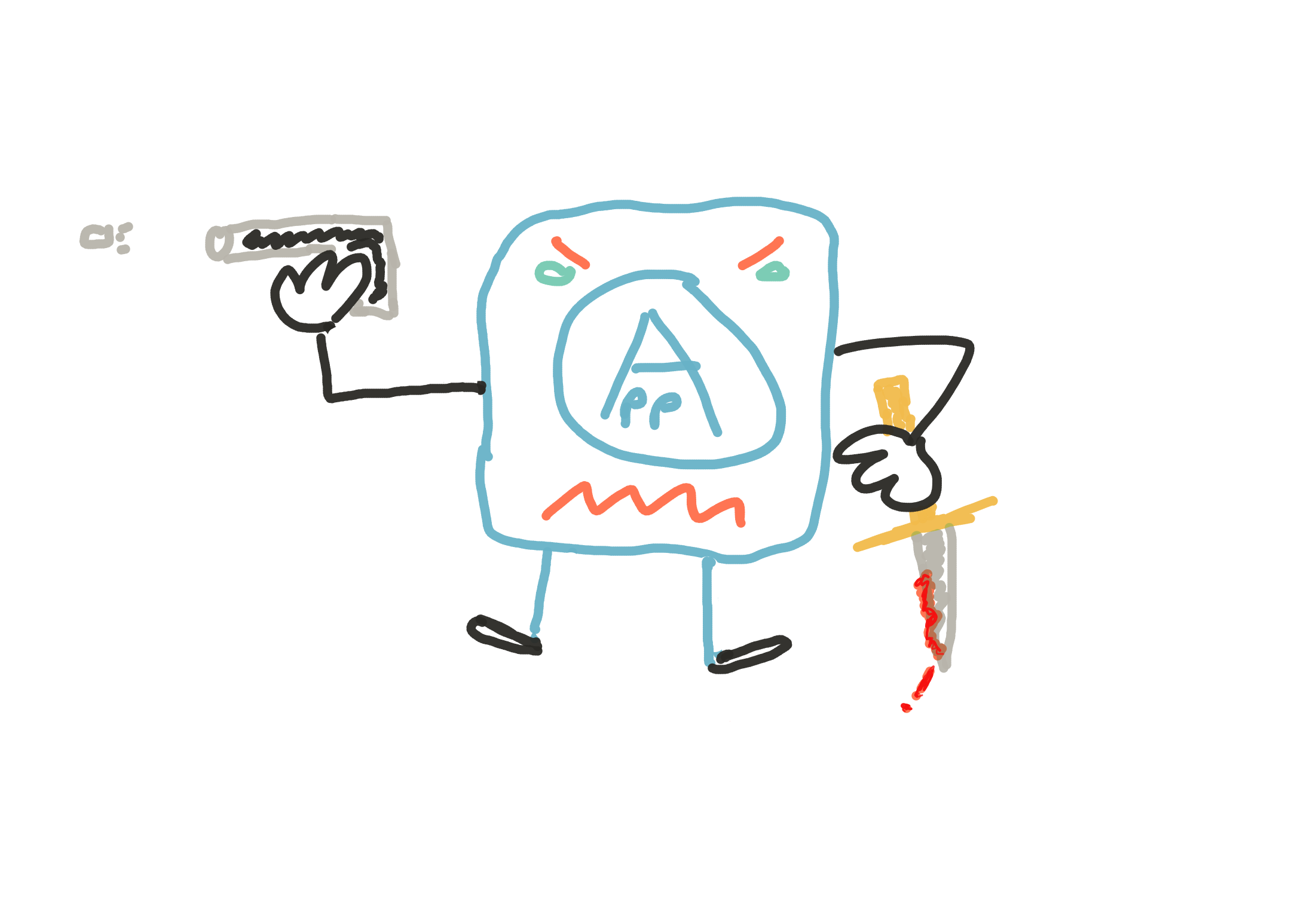Product/Market Fit in Crypto Token Projects

Product/Market fit is the degree to which a product satisfies a strong market demand. Before product/market fit is like playing the game of business on hard mode, acquiring users and making sales goes very slowly. After product/market fit is like playing on easy mode, users are banging down your door to get their hands on your product. When you find product/market fit, you know you have a killer app.
In traditional, non-crypto startups, once you find product/market fit for a product, you can optimize the business model and grow the business towards success.
In the crypto world, things are a bit different. Crypto token projects need to find product/market fit twice to be successful. They need to find both product/market fit both for their vision and a use case of the ecosystem they're building. These projects are selling two things, vision and use cases.
The token road to killer app
Let's take a look at how this works. In a crypto token project, there is a group of people...the founders...that has a vision. Their vision is of a future where lots of people use their decentralized, permissionless technology and creating a world with certain desirable characteristics. They aren't able to execute on their vision alone but require many people and entities all working together to realize the vision. To get other people involved in the project so that it can have any hope of developing an ecosystem with useful use cases, they need to achieve vision product/market fit.
The founding group writes a whitepaper outlining their vision and how it might work. Next they create a token that is instrumental in the execution of the vision and distribute the token to people who share the vision.
These people that buy into the vision (sometimes by literally paying money for a token) are incentivized to find use case product/market fit and well-suited to continue selling the vision to bring new people into the ecosystem. As more people participate and experiment in the ecosystem, the hope is that there will be a higher chance of finding the right formula for use case product/market fit, otherwise known as the killer app.

Product/Market fit in Bitcoin
Bitcoin is the first and best example of this. Satoshi had a vision of "a purely peer-to-peer version of electronic cash [that] would allow online payments to be sent directly from one party to another without going through a financial institution."
This vision wasn't something that one could execute on without the involvement of many other people, so Satoshi created the block reward incentive scheme as a way to distribute bitcoins to people investing in the project by mining. Early users also gave away bitcoins as they spread the vision.
Satoshi's vision meant (and means!) different things to different people. Some saw Bitcoin as a censorship-resistant currency with fixed supply that will change the balance of power between rulers and the ruled. Others saw a future where machines could easily exchange value amongst themselves. Still others saw in Bitcoin a world free of the problems they found with banks.
Because they were sold on the vision, whatever it meant to them, and wanted to make it happen, people mined Bitcoins and accepted them for payment, helping to build the Bitcoin product as much as Satoshi did by writing the code. Without the Bitcoin vision, there would be no Bitcoiners and no Bitcoin product. Without a product, the Bitcoin's technology's use cases wouldn't find product/market fit.
Bitcoin's first use case found product/market fit when people realized that they could use Bitcoin for payment when other payment methods were blocked or prohibitively expensive. They didn't need to care or even know about the larger vision but only that Bitcoin let them make a payment when nothing else would. Bitcoin's first killer app was permissionless payments.
Product/Market fit in Ethereum
Ethereum is the other leading example of the vision and use case product/market fit duality. The Ethereum founders had a vision for a shared world computing platform where code could be run outside of the control of any person. Again, this grand vision was such that it couldn't be successful without the participation of a large number of independent actors. Technology needed to be built and people needed to be convinced to run and build on the network otherwise there would be no shared world computer.
The Ethereum founders created tokens and distributed them to people who bought in to that vision. In a twist on Bitcoin's approach, much of the early token distribution was done through a sale in exchange for money (Bitcoin!) instead of mining and give aways. This money was to be used to support the development of the technology and building of the ecosystem.
Ethereum's vision found product/market fit when it executed a successful token sale.
The community then spent time building technology and the ecosystem and trying to find its killer. They tried general purpose smart contracts and DAOs (decentralize autonomous organizations) without much success. The use case of Ethereum that finally found product/market fit was creating tokens to raise money. We know it found product/market fit because of huge rush to create tokens and the billions of dollars raised by them. Token creation to raise money was Ethereum's first killer app.
No other projects have use case product/market fit
Many other crypto token projects have achieved vision product/market fit: Filecoin for its vision of a decentralized Amazon S3, Aragon for its vision of unstoppable organizations, and, I like to think, Blockstack for our vision of a new internet for decentralized apps.
However, besides Bitcoin and Ethereum, none of these projects have yet found use case product/market fit. They're still building technology and ecosystems trying to come up with the exact formula that will bring users banging on their cryptographic doors wanting to use the killer app. There's nothing wrong with that - it's to be expected. After all, the granddaddy of crypto token projects, Bitcoin, took years to move from vision to use case product/market fit.
In a crypto token project, product is both technology and ecosystem, machine and people. The community around Bitcoin are just as much a product of the Bitcoin project as is the bitcoind code.
A project's vision is the story that both attracts people to the ecosystem and the mental programming that along with token incentives helps to align their actions so that the ecosystem succeeds. Stories take time to spread and are slow to change. But once successful, they can last for generations. It's important that projects that have achieved vision product/market fit not ignore their vision product as they race to find their killer app.
Unlike a private company which has the freedom to tell a different story internally than it does to the public, a crypto token project needs to constantly sell its long-term vision to the outside world. This vision sales process both attracts new members to the ecosystem, informs them what they can do to help realize the vision without centralized control and ultimately greatly improves chances of finding the killer app.
People need to know where the project is going, why its going there and some plausible ways of getting there. So tell your story and share your vision over and over. Sold on the vision, armed with direction and the incentives of token HODLing, strangers turn into neighbors and form bands of motivated pioneers, foraging a path towards the new world.
